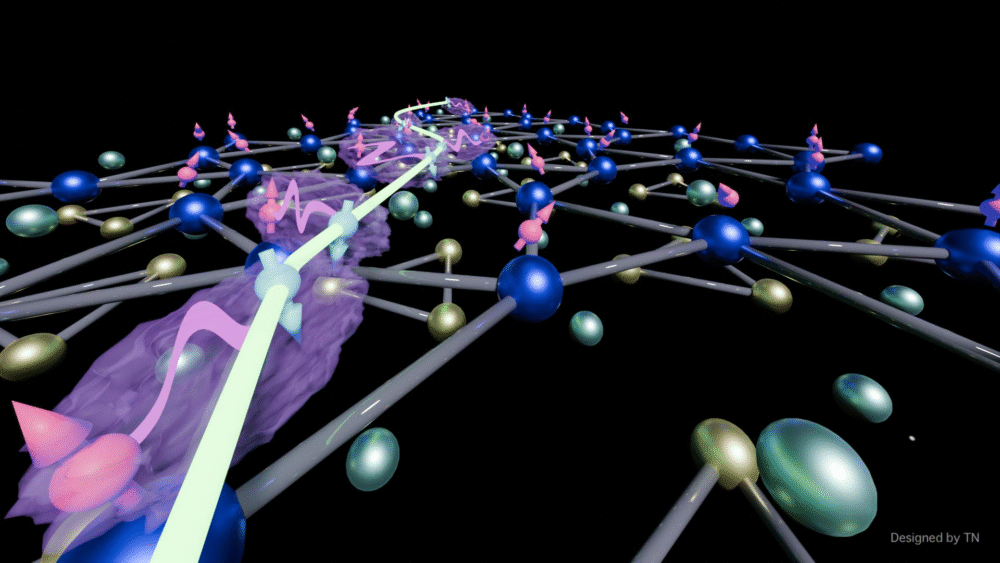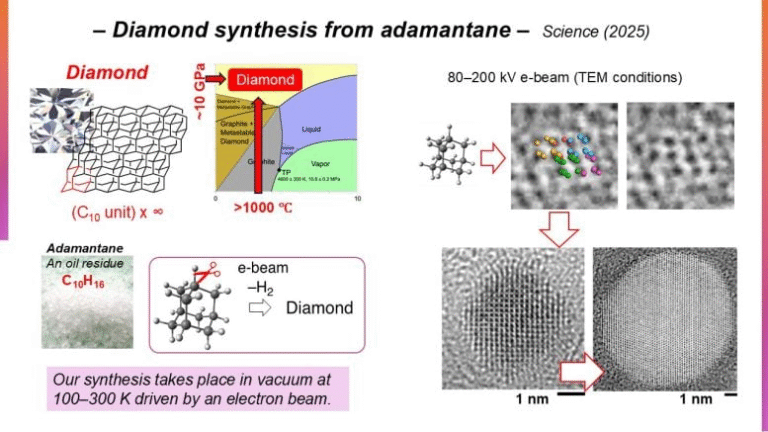Heavy Electrons Could Unlock a New Era of Quantum Computers


When we think of quantum computers, we usually imagine ultra-cold labs, mysterious particles, and some of the most advanced physics on Earth. But a fresh discovery from Japan suggests the future of these machines might rest on something called heavy electrons—and their connection to Planckian time, one of nature’s most fundamental limits.
What Exactly Are Heavy Electrons?
Electrons are normally the lightest of the bunch when it comes to particles in solids, zipping around inside materials at incredible speeds. But sometimes, under special conditions, they act very differently. These are what scientists call heavy fermions.
So, what makes them “heavy”? In certain materials, conduction electrons—those responsible for carrying electrical current—interact very strongly with localized magnetic electrons. This interaction slows them down and effectively gives them a much larger mass than usual. Think of it like a sprinter suddenly trying to run through a swimming pool—the same runner, but carrying a lot more weight.
This phenomenon isn’t just a quirky fact of physics. Heavy fermions can lead to unusual behaviors in materials, including unconventional superconductivity, where electricity flows without resistance under surprising conditions. For decades, physicists have been fascinated by these systems, and now, it looks like they might also hold the key to advancing quantum computing.

The Role of CeRhSn and Planckian Time
The Japanese research team focused on a compound with a long name—Cerium-Rhodium-Tin (CeRhSn). It belongs to a family of heavy fermion systems with a quasi-kagome lattice structure. That term might sound intimidating, but it simply means the atoms are arranged in a pattern that creates a kind of “geometric frustration,” which often gives rise to strange and exciting electronic properties.
What’s remarkable about CeRhSn is that it doesn’t behave like a standard metal. Instead, it shows what’s called non-Fermi liquid behavior, a fancy way of saying the usual rules of electron motion don’t apply. Even more astonishing, this odd behavior persists almost up to room temperature—something rarely seen.
Using precise optical measurements, the team found that the lifetimes of these heavy electrons in CeRhSn approach the Planckian limit. This “limit” comes from the shortest meaningful unit of time in quantum mechanics, and reaching it means the system is brushing up against one of the universe’s most fundamental boundaries.
But here’s where it gets exciting: the results show that the heavy electrons in CeRhSn aren’t just sluggish—they’re also quantum entangled. That means they share a deeply connected state, where the behavior of one electron is linked to another, no matter the distance.
Why This Matters for Quantum Computing
Quantum entanglement is the lifeblood of quantum computers. It allows qubits (the building blocks of quantum machines) to work together in ways classical bits never can. If scientists can harness entanglement inside solid-state materials like CeRhSn—and even control it through Planckian time—it opens the door to entirely new kinds of quantum architectures.
As Dr. Shin-ichi Kimura of The University of Osaka, who led the study, put it: this discovery is a direct step toward understanding the intricate dance between heavy fermions and quantum entanglement. And that dance could soon become the rhythm of next-generation computing.
Looking Ahead
This research doesn’t mean we’ll have heavy-electron-powered laptops next year. But it’s an important milestone. By showing that heavy fermions can be entangled and governed by Planckian time, the study provides a new blueprint for how to think about building future quantum devices.
Further research could help scientists refine ways to manipulate these exotic electrons and possibly design solid-state quantum computers that are more stable, scalable, and practical than current prototypes.
In other words, the next big leap in computing might not come from inventing an entirely new particle or building impossibly complex machines—it could come from tapping into the hidden quirks of materials that already exist.
For now, heavy electrons might sound “weird,” but they’re giving us a glimpse into a future where quantum technologies are no longer experimental curiosities, but everyday tools. And all thanks to physics at its most fundamental edge.





